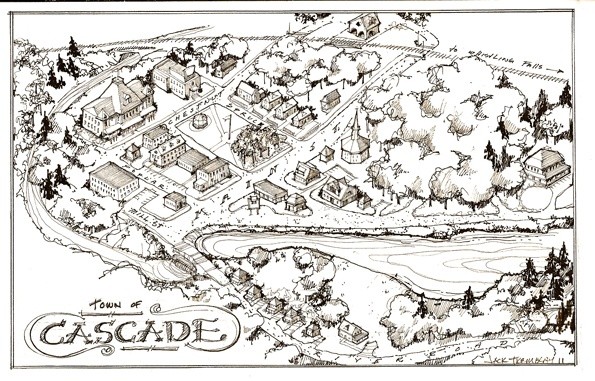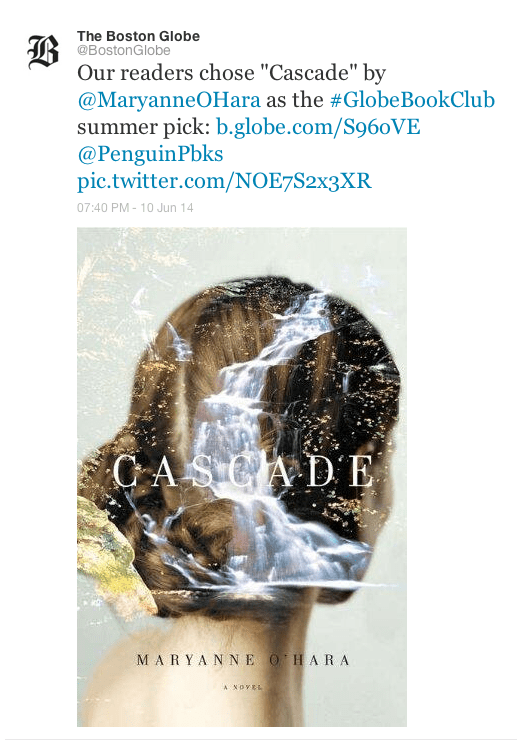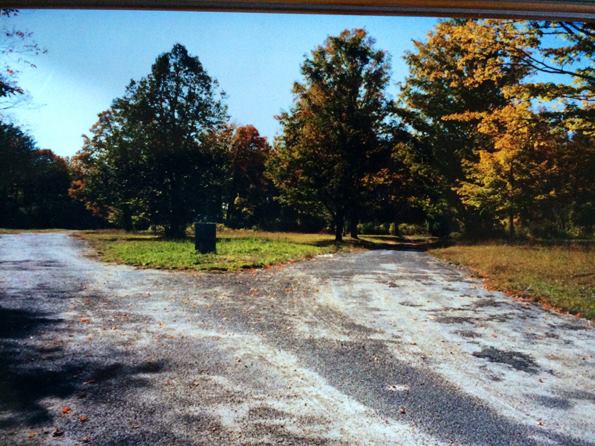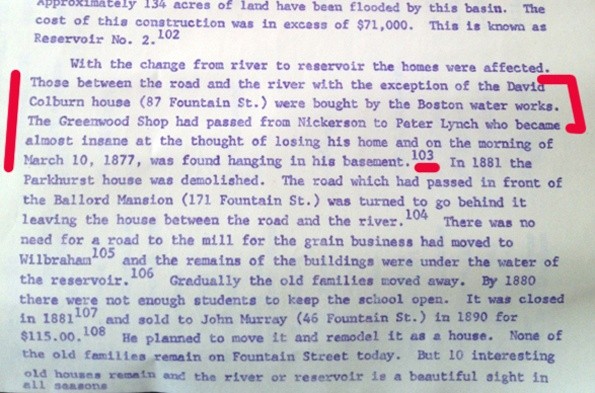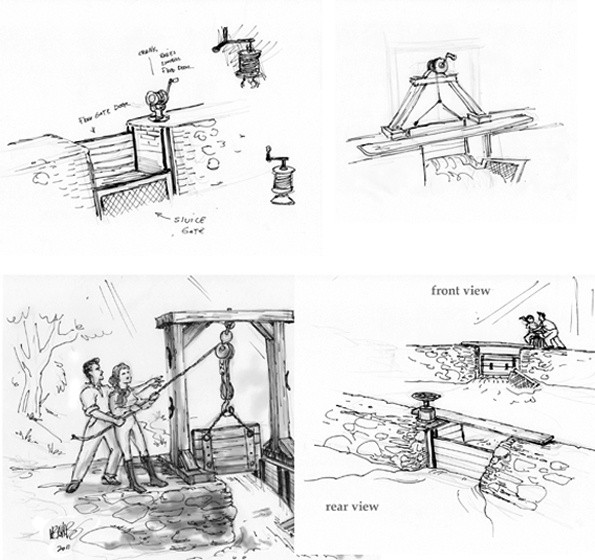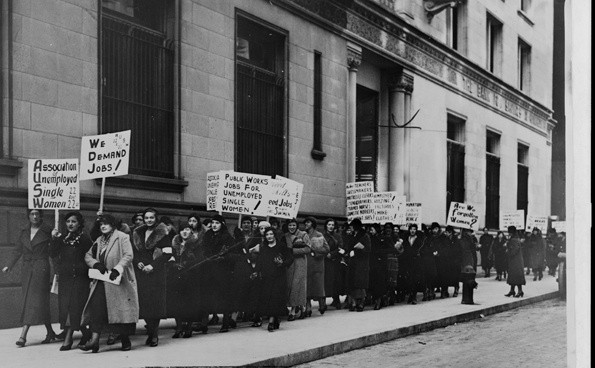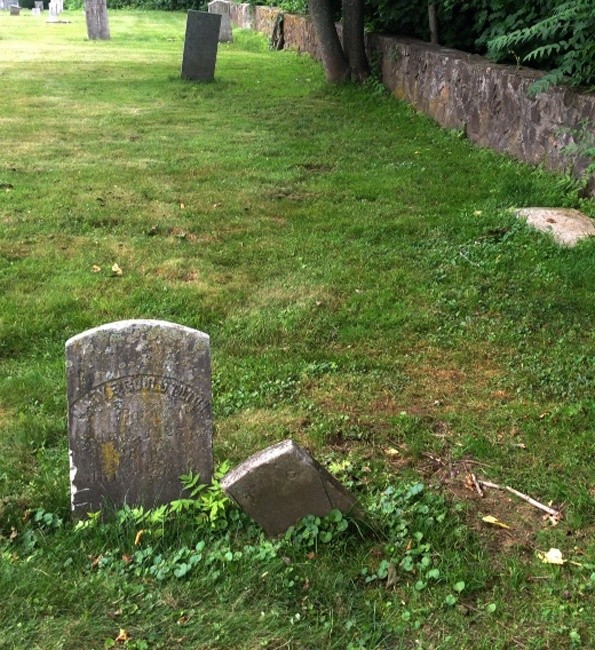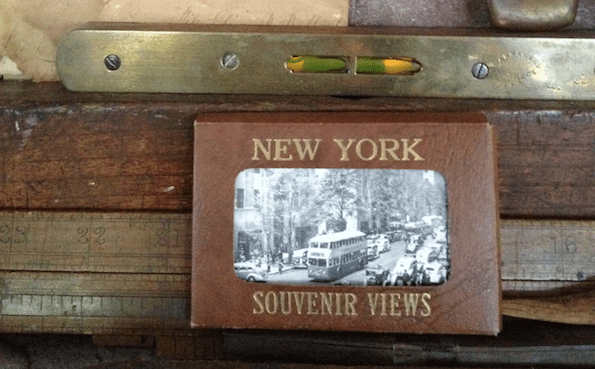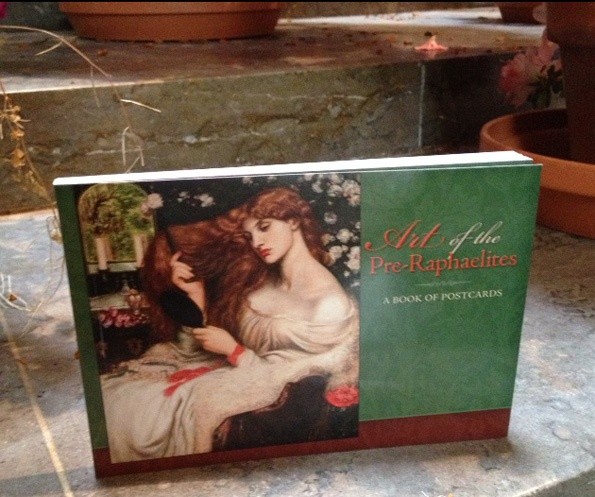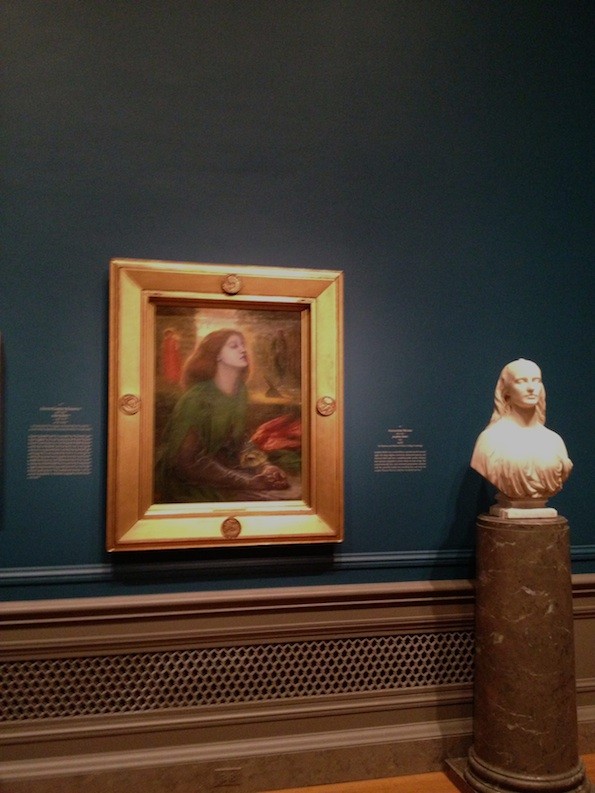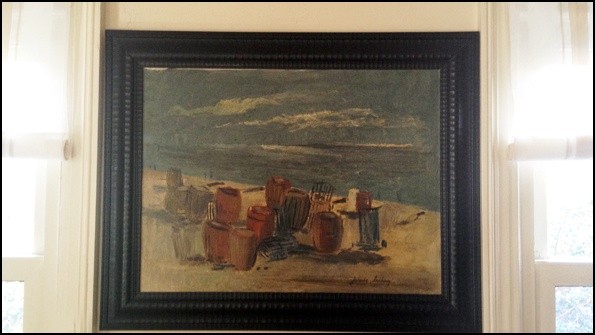Postcards related to Cascade, the book.
Cascade, the town in my novel of the same name, is loosely based on four towns in Massachusetts that were flooded in the 1930s to create a vast reservoir. Recently, an irate reader wrote to ask why I had invented a fictional town. “I would have enjoyed this book much more if you had chosen one of the four real towns for the setting!”
I was reminded of the scene in SIDEWAYS where Jack’s future father-in-law says to novelist Miles, “I like nonfiction! There is so much to know about this world. I think you read something somebody just invented it—waste of time!”
The best fiction is full of truth, but instead of a treatise, I just wrote back and thanked my reader for reading. And I told her this: that I originally intended to write about the real towns, but soon realized that my story of an artist struggling with leaving her mark in the world needed to be set in a town that had been a real “place to be” in the 1920s, a cultural center with a Shakespeare Theater at its heart. So, like many authors, I superimposed an imagined town over a real piece of land. These drowned towns happened all over the country, all over the world, in fact. The “truth” of what happened is of course very much a part of my book. Anyway, thinking about all this, I was reminded of some favorite, relevant quotes:
Fiction is the lie through which we tell the truth. —Albert Camus
Fiction reveals truth that reality obscures. —Ralph Waldo Emerson
I give you truth in the pleasant disguise of illusion. –Tennessee Williams

